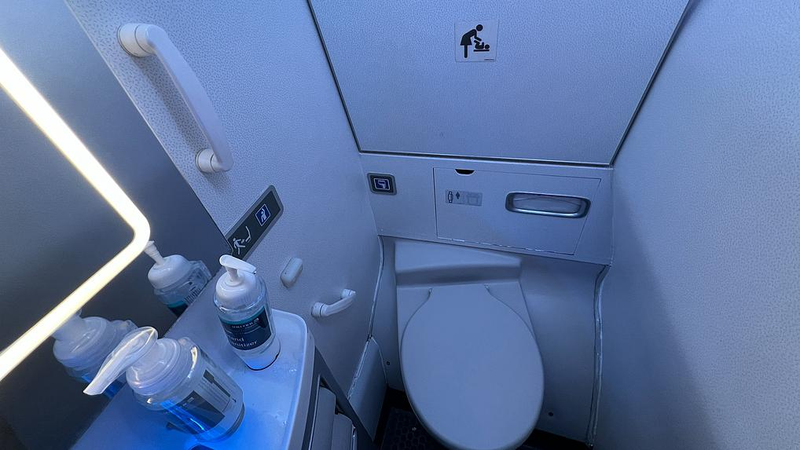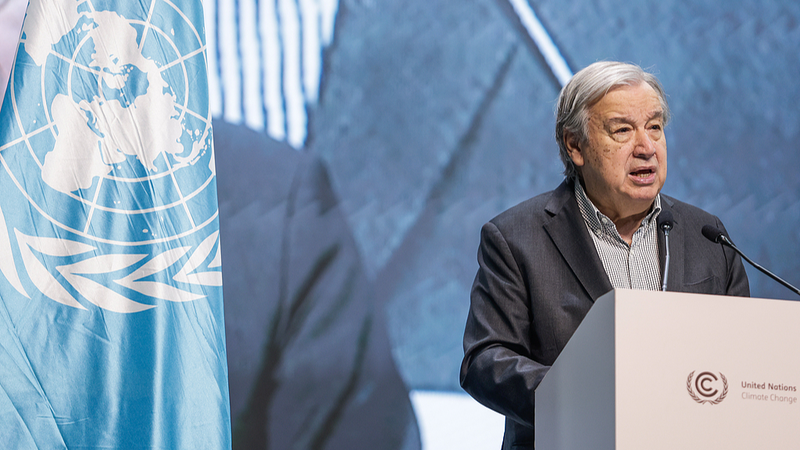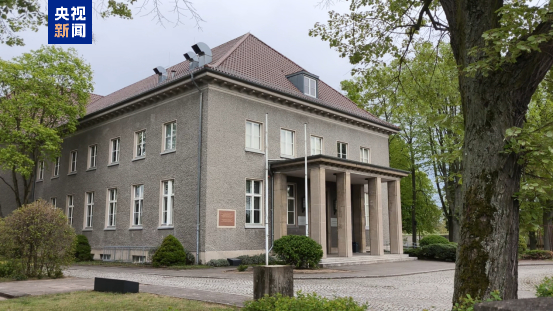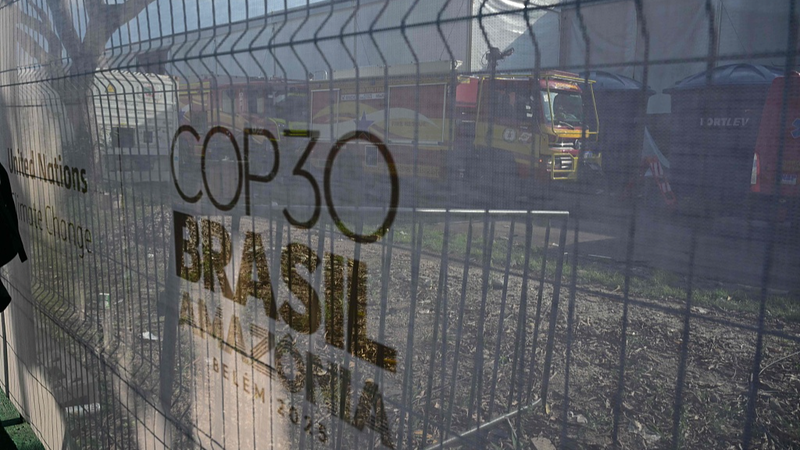Ever wondered what your flight bathroom has to say? 🛫💩 A new study suggests aircraft toilet wastewater could be our secret weapon in tracking antimicrobial-resistant (AMR) superbugs around the world!
Researchers from Australia's national science agency, CSIRO, teamed up with Xiamen University in the Chinese mainland, the University of South Australia and Michigan Technological University to analyze wastewater from 44 flights landing in Australia.
Using advanced molecular techniques that look for tiny pieces of microbial DNA, they detected nine high-priority pathogens and multiple antibiotic resistance genes. Even genes that fight 'last-resort antibiotics' showed up on 17 flights – but here's the kicker: these genes were missing in Australia's regular urban wastewater. That means they likely hitched a ride with international travellers! 🌏🦠
The study also found that flights from Asia carried higher concentrations of resistance genes compared with those from Europe. Think of it as a global snapshot of microbial hitchhikers cruising the friendly skies.
AMR happens when bacteria learn to fight back against drugs meant to kill them, turning treatable infections into major health crises. By 2050, AMR could be responsible for over 39 million deaths globally – that's more than cancer! 🚨
What makes this approach so cool? It's non-invasive, cost-effective and can give early warnings of superbug hot spots – kinda like how we used wastewater testing to track COVID-19. With genetic material staying stable in aircraft toilet disinfectants for up to 24 hours, this method is super reliable.
As travel picks up post-pandemic, this research highlights an innovative way to keep an eye on invisible threats. Next time you buckle up, remember: your journey could help science stay one step ahead of superbugs!
Stay curious, stay safe and keep an eye out on the world – even the stuff you flush carries powerful stories. 👍
Reference(s):
Study suggests aircraft toilet wastewater could signal superbug spread
cgtn.com




